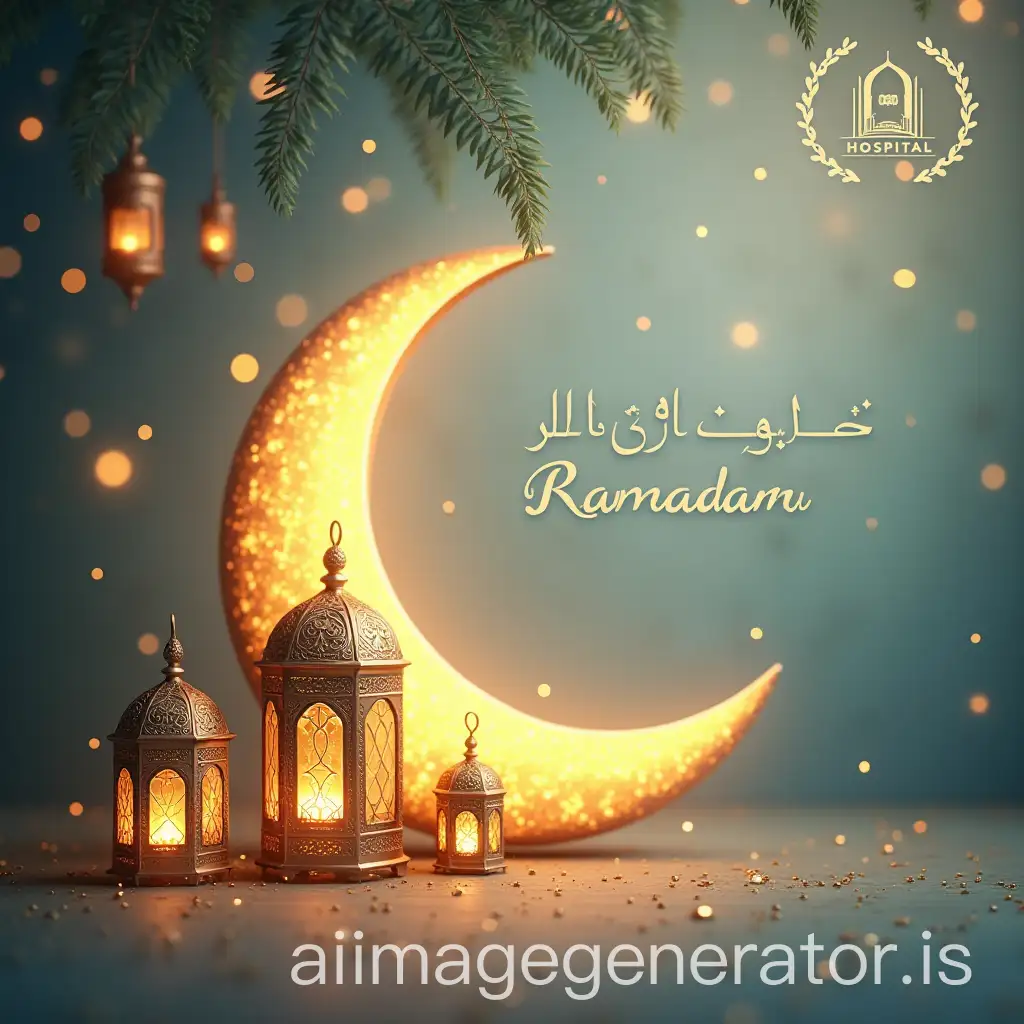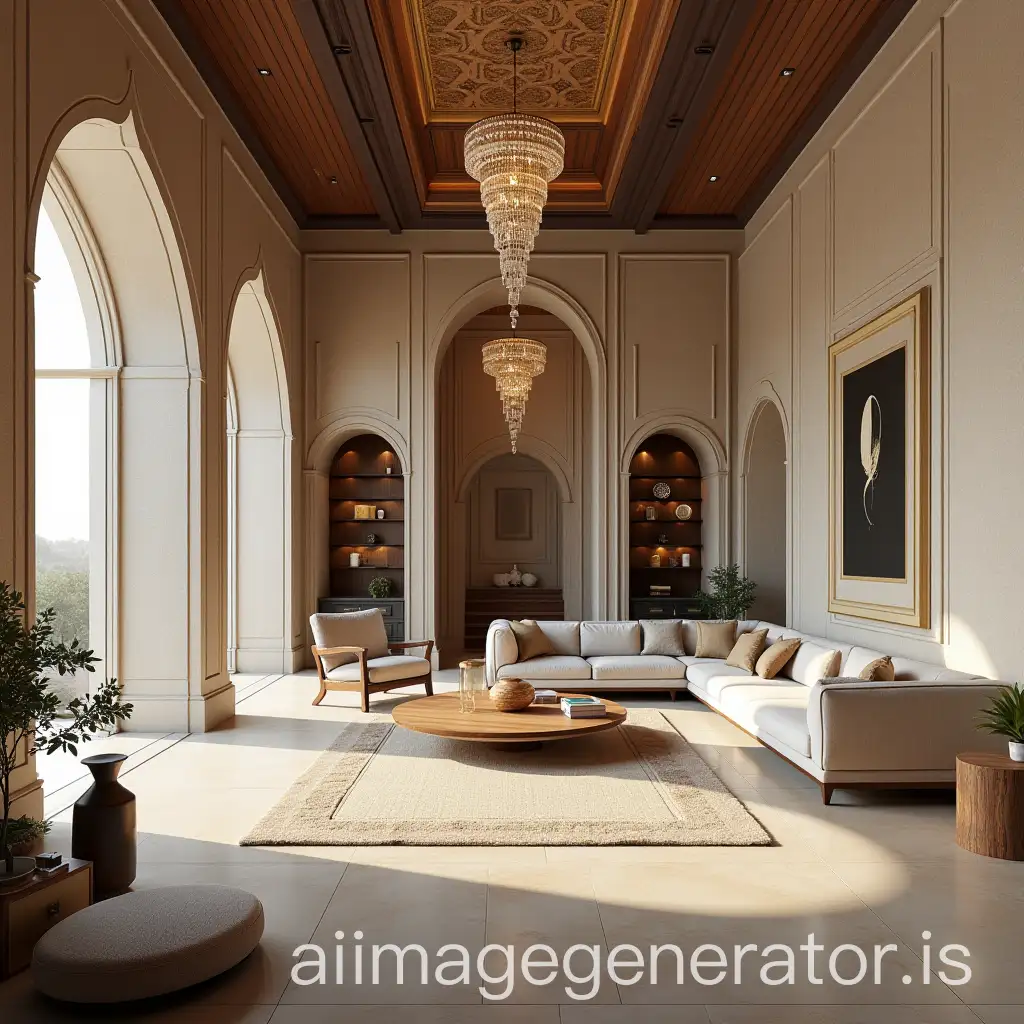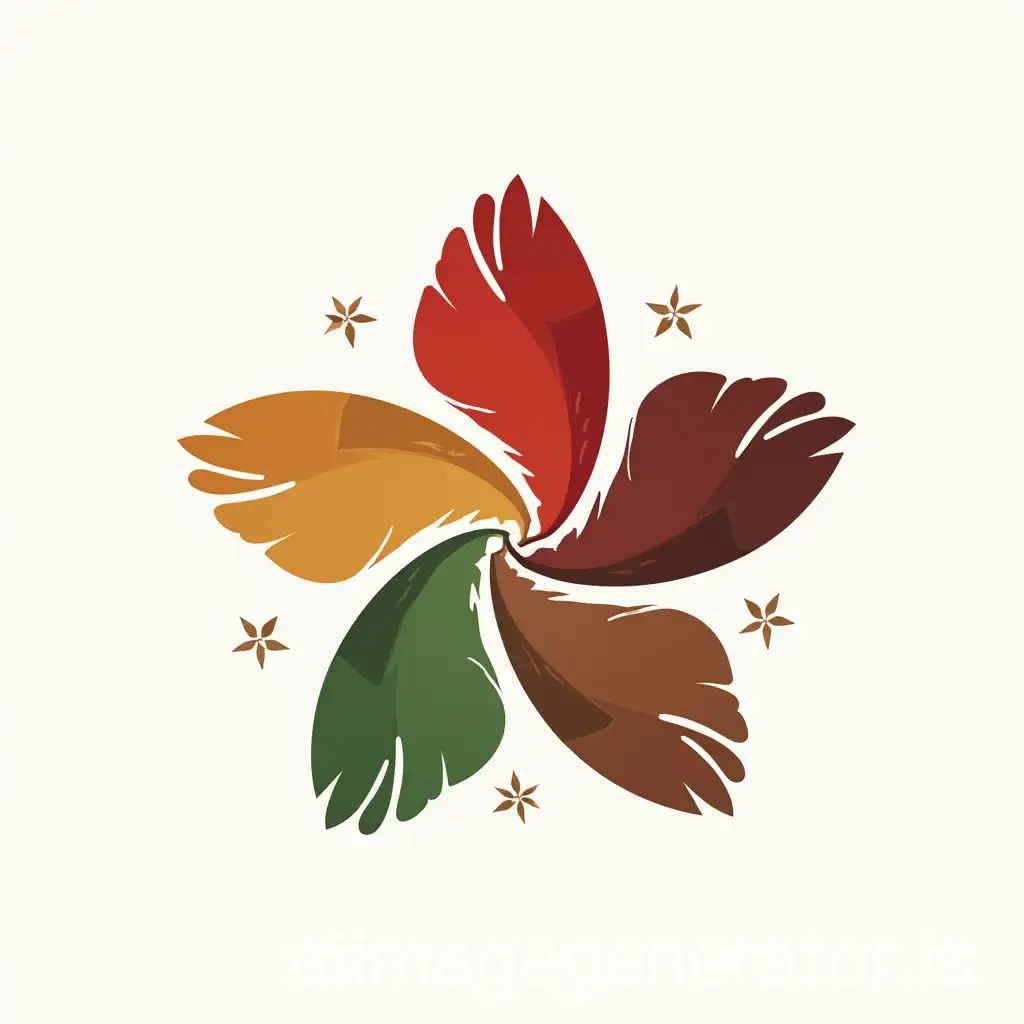Free Arabic calligraphy Image Generator
Just imagine, and we'll instantly return a variety of personalized Arabic calligraphy images—designed to bring your creativity to life!
- 4:3
- 3:4
- 1:1

image.state.default















Related Tags
Arabic Calligraphy, an artistic practice revered across the Islamic world, has deep roots in history. It transcends mere writing to become an expression of spirituality, cultural identity, and artistic beauty. Originating in the 7th century, Arabic Calligraphy developed in response to the need to preserve the Qur'an's sacred text, leading to the creation of distinctive styles such as Kufic and Naskh. Each stroke and curve in this art form carries not just aesthetic value but also a connection to centuries of tradition and reverence for the written word.
The Rich History and Cultural Significance of Arabic Calligraphy
Arabic Calligraphy encompasses a variety of styles, each with its own unique characteristics and applications. Kufic, the oldest style, is known for its geometric precision and bold, angular forms, often used in architectural decoration and coin design. Naskh, with its fluid, rounded letters, became the preferred script for copying the Qur'an due to its legibility. Thuluth, characterized by its large, elegant letters with long verticals, is commonly used in mosque inscriptions and religious manuscripts. Each style reflects the diverse ways in which calligraphy has been adapted to different cultural and artistic contexts.
Distinct Styles of Arabic Calligraphy and Their Unique Characteristics
Arabic Calligraphy has profoundly influenced modern design and art, transcending its traditional boundaries. Contemporary artists and designers incorporate calligraphic elements into everything from logos and branding to fashion and interior decor. This blending of ancient art with modern aesthetics not only preserves the cultural heritage but also brings it into a global context, where it resonates with diverse audiences. The abstract beauty of calligraphic forms has also inspired digital art, with AI-generated imagery offering new possibilities for creativity and innovation.
The Influence of Arabic Calligraphy on Modern Design and Art
Creating Arabic Calligraphy using AI tools is now more accessible than ever. With the 'open in editor' feature on our website, users can experiment with different prompts to generate unique calligraphic designs. Whether you're looking to create traditional pieces or contemporary interpretations, AI allows for endless customization. Adjusting parameters like style, size, and color can help you achieve the perfect balance of traditional elegance and modern flair. This technology opens up new avenues for both beginners and experienced calligraphers to explore and innovate within this timeless art form.
How to Create Stunning Arabic Calligraphy with AI Tools